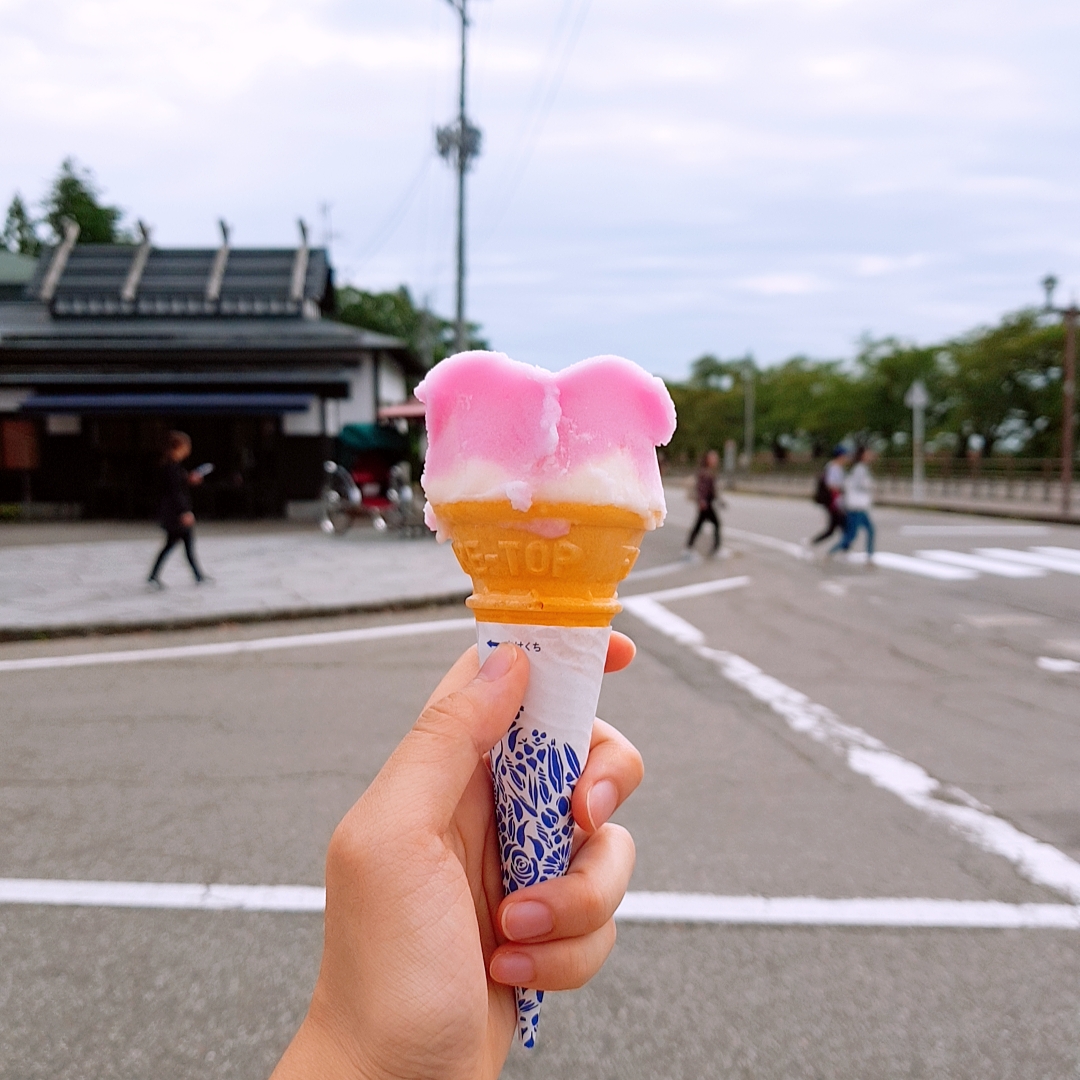이벤트 루프 예시로 이해하기
<!DOCTYPE html>
<html lang="en">
<head>
<meta charset="UTF-8" />
<meta http-equiv="X-UA-Compatible" content="IE=edge" />
<meta name="viewport" content="width=device-width, initial-scale=1.0" />
<title>Document</title>
</head>
<body>
<button>Click to add</button>
<script>
const button = document.querySelector('button');
button.addEventListener('click', () => {
const element = document.createElement('h1');
document.body.appendChild(element);
element.style.color = 'red';
element.innerText = 'hello';
});
</script>
</body>
</html>위의 코드중 button.addEventListener를 보면 element를 생성하고 document.body에 append한 다음, style을 지정해 주었다. 정상적으로 동작한다.
하지만, 코드의 흐름 상 body에 append하기 전, style을 지정해 주고 append해야 할 것만 같다.
event가 동작하는 원리는 다음과 같다.
- addEventListener는 click 이벤트가 실행되면 콜백함수를 Task queue에 넣는다.
- call stack이 비어있다면, Task queue에 있는 콜백함수를 call stack에 넣게된다.
- 이벤트루프는 콜 스택에 들어온 콜백함수가 모두 실행되기까지 기다린다.
- 콜백함수가 모두 실행되면, 이벤트 루프는 다시 순회를 시작한다.
- 이벤트 루프가 순회하고, render가 발생할 때가 되면 그때에는 이미 콜백함수가 모두 실행된 다음이기 때문에, style이 모두 적용된 render tree가 형성되는 것이다.
